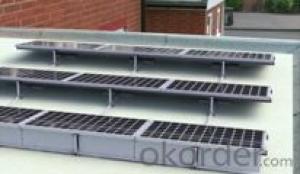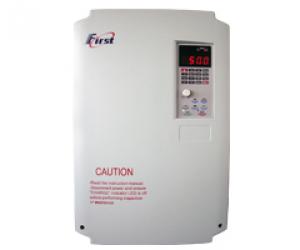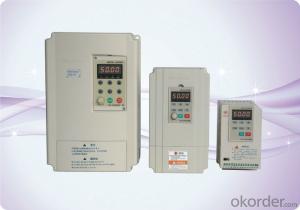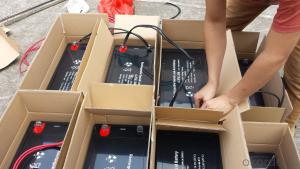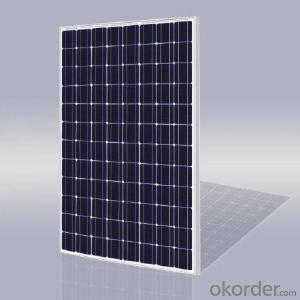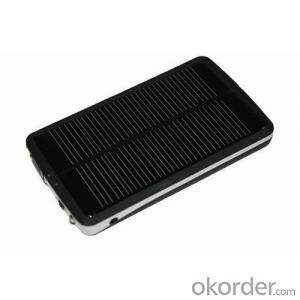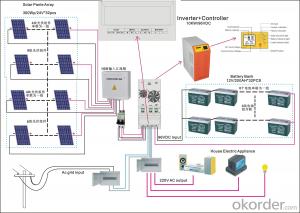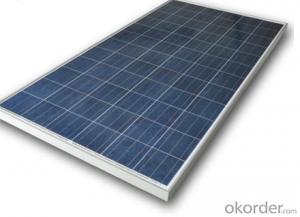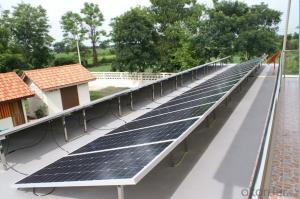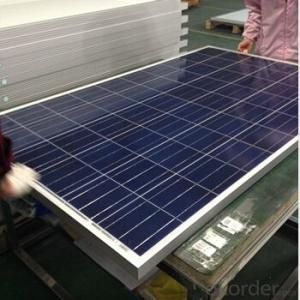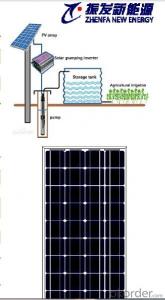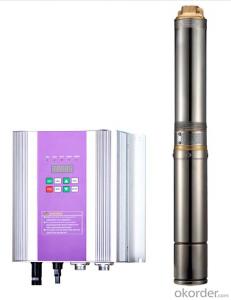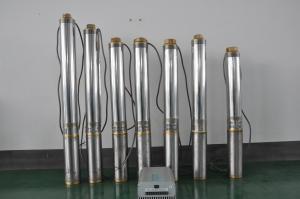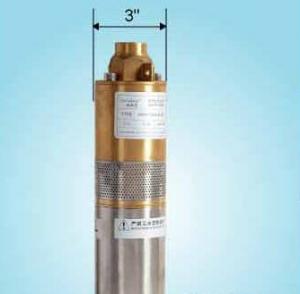Best Inverter Solar System
Best Inverter Solar System Related Searches
Best Inverter Solar Best Solar Inverter Best Inverter For Solar System Best Inverter Solar Panel The Best Solar Inverter Best Solar Power Inverter Solar Inverter Best Best Inverter For Solar Solar Best Inverter World Best Solar Inverter Best Solar Battery Inverter Best Solar Panel Inverter Which Solar Inverter Is Best Best Solar Inverter Generator Best Inverter For Solar Panels Best Solar Inverter For Home Best Home Solar Inverter Best Solar Pump Inverter Best Solar Hybrid Inverter Best Solar Inverter Brands Top Solar Inverter Best Hybrid Solar Inverter Most Reliable Solar Inverter Best Solar Inverter 2022 Best Solar Inverter Charger Best Solar Inverter Battery Best Solar Inverter On Grid Solar Inverter Best Brands Best All-In-One Solar Inverter Best Solar Inverter 2019Best Inverter Solar System Supplier & Manufacturer from China
The Best Inverter Solar System is a high-quality and efficient solution for harnessing solar energy. This system includes essential components such as solar panels, inverters, batteries, and mounting structures, all designed to work together seamlessly to provide reliable and clean power. The system is engineered to cater to various energy needs, making it suitable for residential, commercial, and industrial applications.The Best Inverter Solar System is widely used in various scenarios where reliable and sustainable power is required. It can be installed on rooftops, open spaces, and even integrated into buildings as part of their design. This system is particularly beneficial in areas with abundant sunlight, where it can significantly reduce electricity bills and contribute to a greener environment. By converting sunlight into usable electricity, the Best Inverter Solar System helps users save on energy costs while also reducing their carbon footprint.
Okorder.com is a leading wholesale supplier of the Best Inverter Solar System, offering a vast inventory of this product to cater to the growing demand for sustainable energy solutions. With a commitment to quality and customer satisfaction, Okorder.com ensures that each Best Inverter Solar System is thoroughly tested and meets the highest industry standards before being shipped to customers worldwide.
Hot Products


